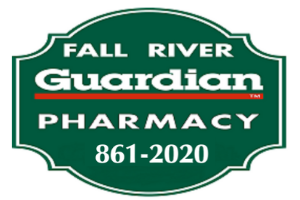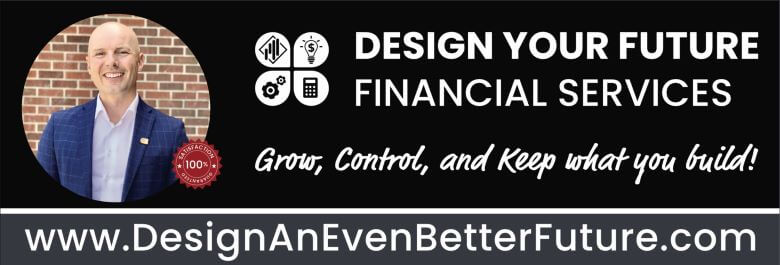HALIFAX: More technology, better communication and new ways of working are among the top ideas selected by Nova Scotians in Healthcare Improvement Challenge voting, the province announced on Jan. 15.
The contest, launched in October, received more than 2,200 submissions from healthcare providers and people in jobs linked to healthcare in Nova Scotia. Their ideas were narrowed down to a shortlist of 20 that were voted on by the public to determine the top 10.
“The people who know our healthcare system best told us what common-sense, low-cost and easy-to-implement improvements we could make, and Nova Scotians chose those they felt would have the biggest impact,” said Premier Tim Houston in a release.
“The votes are in and now it’s time for us to get to work to make them happen.”
ADVERTISEMENT:
The top 10 ideas are now priorities and the government will work with health-system partners to implement them, where feasible.
Ideas that did not make the top 10 or the shortlist may also be considered.
Quick Facts:
– Nova Scotians voted for up to three ideas from 20 options
– there were a of total 20,392 votes from 8,722 people
– public voting opened on December 20 and closed on January 8
ADVERTISEMENT:
Top 10 vote-getters from the Healthcare Improvement Challenge, in descending order:
– A no-show or missed appointment is an appointment someone else could use to receive care. Set up a text notification system that reminds patients of their appointment date, time and location.
– Provide patients the option to receive appointment letters by email instead of posted mail. This would save money, reduce no-shows and missed appointments, and reduce waste.
– Allow for audiologists to send direct referrals to ear, nose and throat (ENT) physicians instead of making patients go to their primary care provider (family doctor or nurse practitioner) to get this referral.
– Support continuing care assistants to work to their full scope of practice (for example let them take vitals). This change would reduce the pressure on nurses who can spend that time providing better patient care.
– Install screens or monitors in all emergency departments that show publicly available wait times, public health information, and other related information about what a patient should expect in the emergency department.
ADVERTISEMENT:
– Enable hospital caller ID so patients can see when the hospital calls. Many people don’t answer unknown numbers, and if the patient doesn’t list their name in their voicemail, a message can’t be left. This creates delays in patient services.
– Stop using emergency departments for pre-operative bloodwork for patients scheduled to have a Monday morning procedure. It creates added pressure in emergency departments. Instead, offer them priority bloodwork appointments before the weekend.
– Allow patients to pre-register online by sending them a link to fill out a form in advance of their surgery or specialist appointment. This will make intake for nurses working in clinics or pre-operative settings faster.
– Develop a registration app. Patients enter their information and it generates a QR code. Clerks can scan this on arrival for their appointment. It would save time, remove data coding errors and could be linked with the new e-referral initiative.
– If you can book a diagnostic imaging appointment (MRI, ultrasound, etc.) online, you should be able to cancel online. Give patients the option to cancel these appointments online.






















